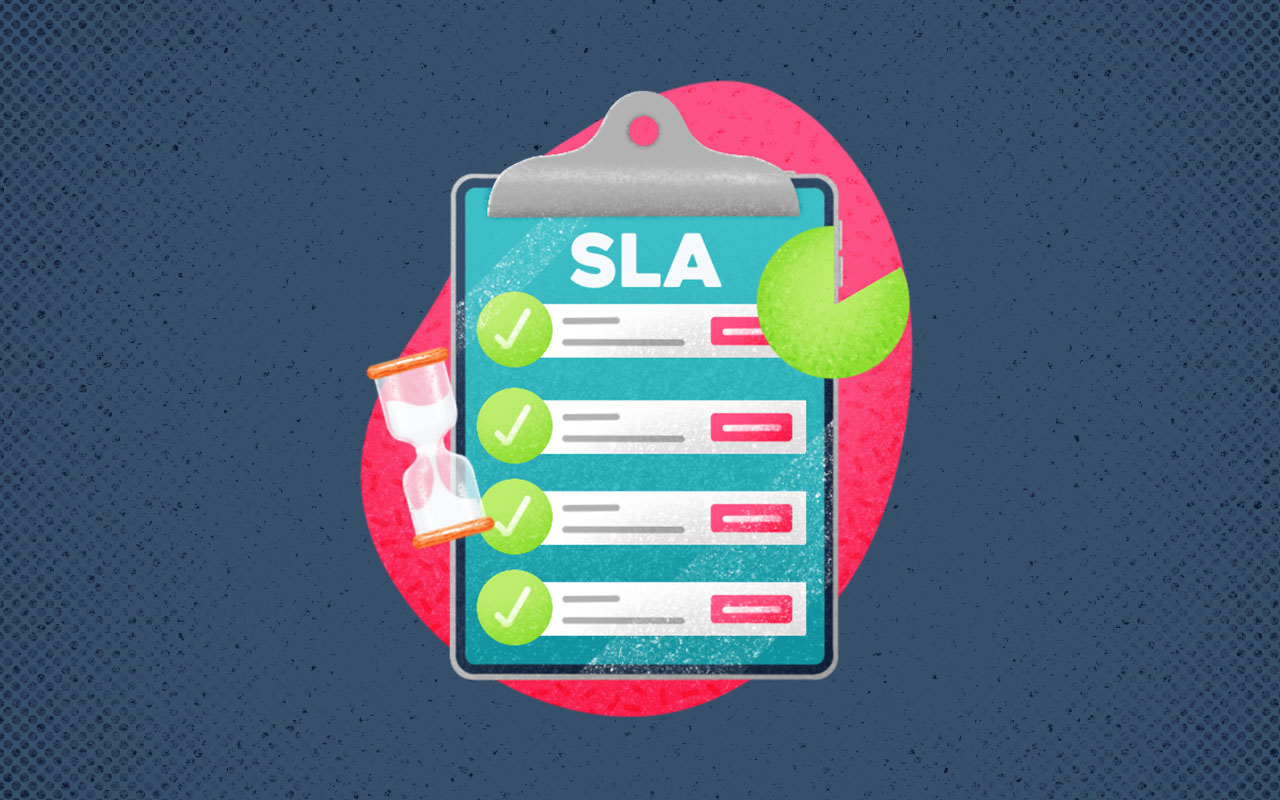Introduction
Service Level Agreements (SLAs) play a critical role in IT Service Management (ITSM), providing a formalized framework for ensuring service commitments are met. SLAs define the expected level of service between a provider and a customer, including metrics by which service is measured, duties, and responsibilities.
SLAs are essential for maintaining the quality and reliability of IT services, guaranteeing accountability, and fostering trust between service providers and customers. This article will illustrate four primary reasons why SLAs are important in enhancing service delivery and customer satisfaction.
Ensuring Accountability and Reliability
Service Availability
One of the primary purposes of an SLA is to ensure the IT department provides reliable service availability. By defining specific availability metrics, SLAs help to make sure essential services are accessible when needed, which is crucial for an organization’s smooth operation. This is especially significant in sectors like retail, where real-time stock monitoring and the functionality of Point of Sale (POS) systems are critical for business continuity.
The IT department must comprehensively understand all deployed IT components and their interdependencies. Robust IT monitoring tools facilitate this by providing real-time insights into the status of infrastructure components, helping to predict and prevent service disruptions.
Performance Standards
SLAs also establish clear performance standards, outlining the expected service performance in measurable terms. This includes metrics such as response times, resolution times, and uptime percentages. By setting these standards, SLAs ensure the IT department remains committed to delivering high-quality services, minimizing downtime and promptly addressing service degradation.
Performance standards protect the customer’s interests and provide the IT department with clear goals, fostering a culture of accountability and improvement.
Enhancing Customer Satisfaction
Customer Trust
SLAs play a pivotal role in building and maintaining customer trust. By clearly defining the scope of services, expected performance levels, and the responsibilities of both parties, SLAs provide transparency and set realistic expectations. This transparency is crucial for establishing trust, as customers are assured that their needs and expectations are formally acknowledged and will be met within agreed-upon parameters.
Consistent Service Quality
Customers expect consistent and reliable service, and SLAs help affirm this by standardizing service delivery processes. This consistency is vital for maintaining customer satisfaction and loyalty. For instance, if a customer experiences a service disruption, the SLA outlines the steps the IT department will take to resolve the issue, confirming a timely and efficient response.
SLAs often include penalties or incentives based on service performance, motivating service providers to maintain high standards and prioritize customer satisfaction.
Driving Continuous Improvement
Proactive Problem Management
SLAs encourage a proactive approach to problem management by specifying the need for regular monitoring and performance assessments. Advanced IT monitoring solutions, such as those incorporating Artificial Intelligence for IT Operations (AIOps), enable the IT department to anticipate and address potential issues before they impact service delivery. This proactive stance reduces the occurrence of incidents and improves the IT infrastructure’s resilience.
Service Optimization
Continuous improvement is a principle of effective IT service management, and SLAs provide a framework for this. By regularly reviewing performance metrics and customer feedback, service providers can identify areas for improvement and implement necessary changes. This iterative evaluation and enhancement process helps optimize service delivery, ensuring it evolves in line with changing business needs and technological advancements.
Providing Clear Metrics and Benchmarks
Measurable Goals
SLAs set clear, measurable goals for service performance, which are crucial for providers and customers. These goals provide a benchmark against which service quality can be measured, making it easier to identify deviations and take corrective actions. Measurable goals also facilitate objective performance evaluations, making sure the IT department remains focused on delivering value to the business.
Performance Tracking
Effective performance tracking is essential for maintaining service quality and meeting SLAs. IT monitoring tools play a vital role in this process by providing detailed insights into service performance. These tools enable the IT department to track key metrics in real time, identify trends, and generate reports highlighting areas of success and those needing improvement.
Regular performance tracking helps maintain accountability and provides the data to make informed decisions about service enhancements and investments.
Conclusion
In conclusion, SLAs are fundamental to guaranteeing high-quality IT service delivery. They provide a formalized framework for accountability, enhance customer satisfaction by ensuring consistent service quality, drive continuous improvement through proactive problem management and service optimization, and offer clear metrics for performance tracking.
By understanding and leveraging the power of SLAs, organizations can build stronger relationships with their customers, ensure reliable service delivery, and continually improve their IT operations. For more insights on SLAs and IT service management best practices, visit EasyVista’s resources on ITSM and ITOM solutions.

